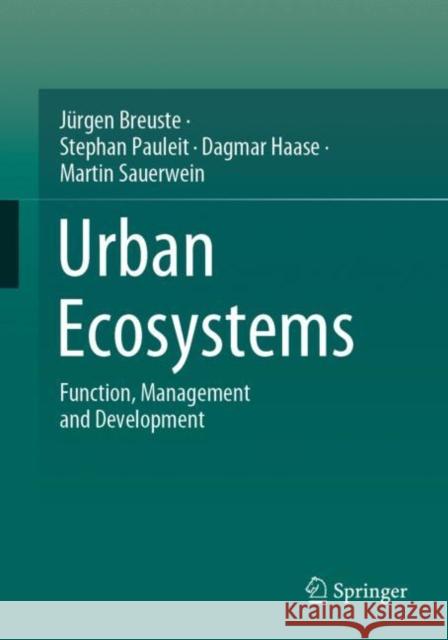Urban Ecosystems: Function, Management and Development » książka
topmenu
Urban Ecosystems: Function, Management and Development
ISBN-13: 9783662632789 / Angielski / Miękka / 2021 / 327 str.
Kategorie:
Kategorie BISAC:
Wydawca:
Springer
Język:
Angielski
ISBN-13:
9783662632789
Rok wydania:
2021
Wydanie:
2021
Ilość stron:
327
Waga:
0.63 kg
Wymiary:
23.62 x 20.32 x 1.52
Oprawa:
Miękka
Wolumenów:
01
Dodatkowe informacje:
Bibliografia











